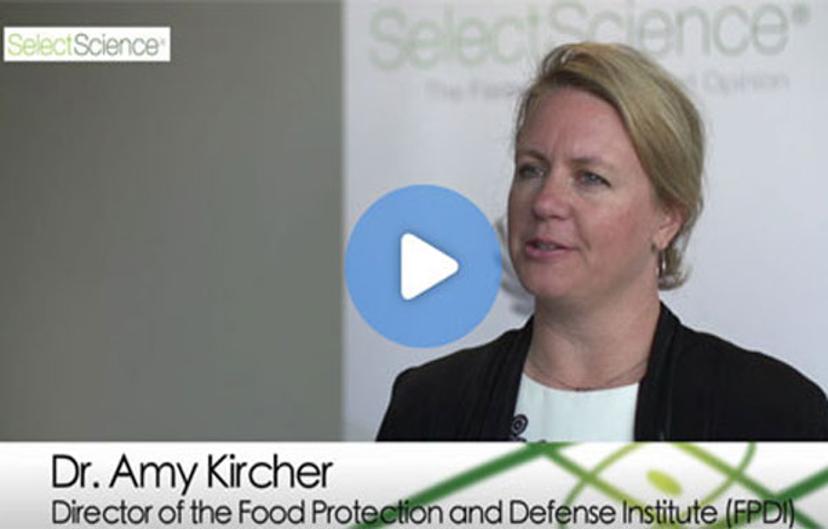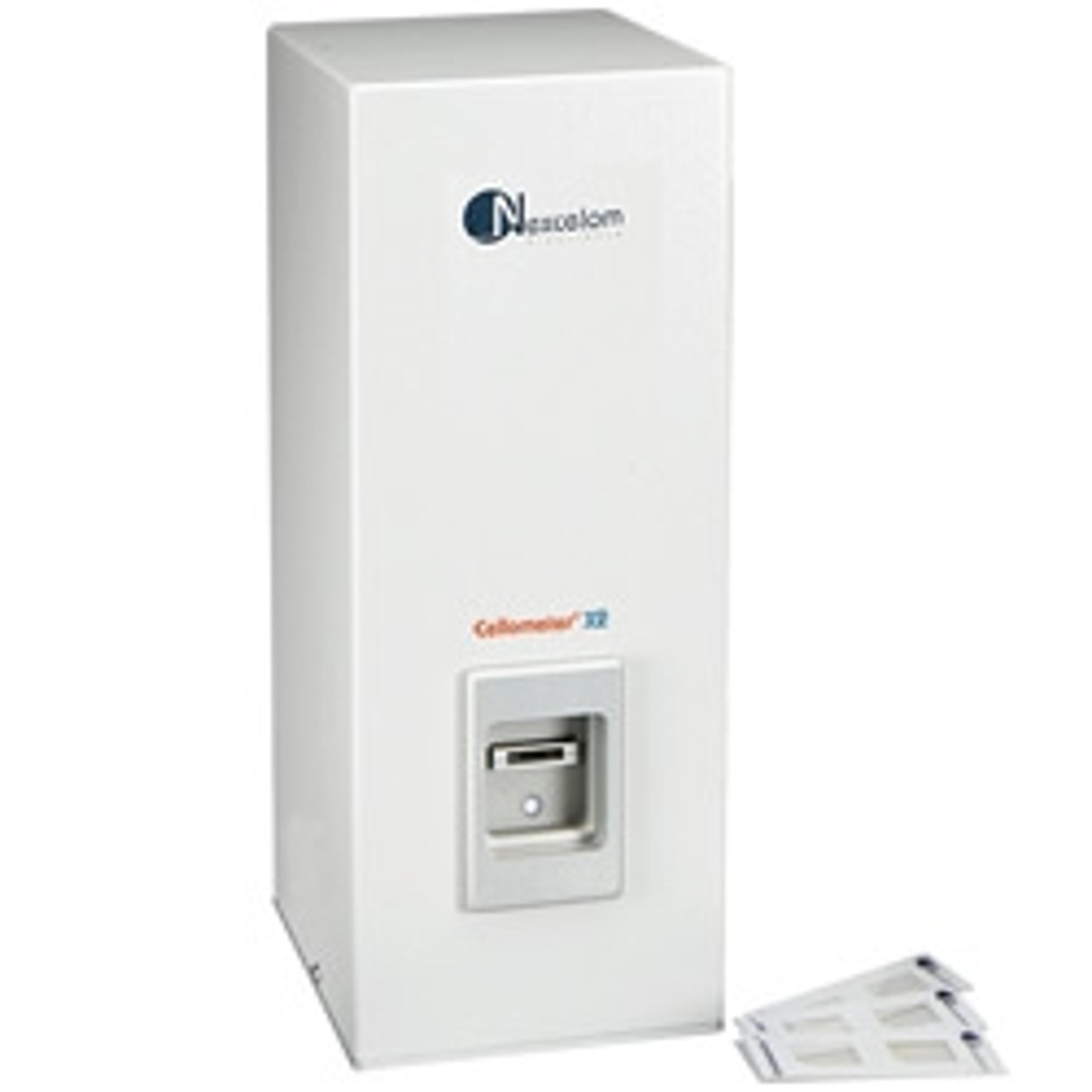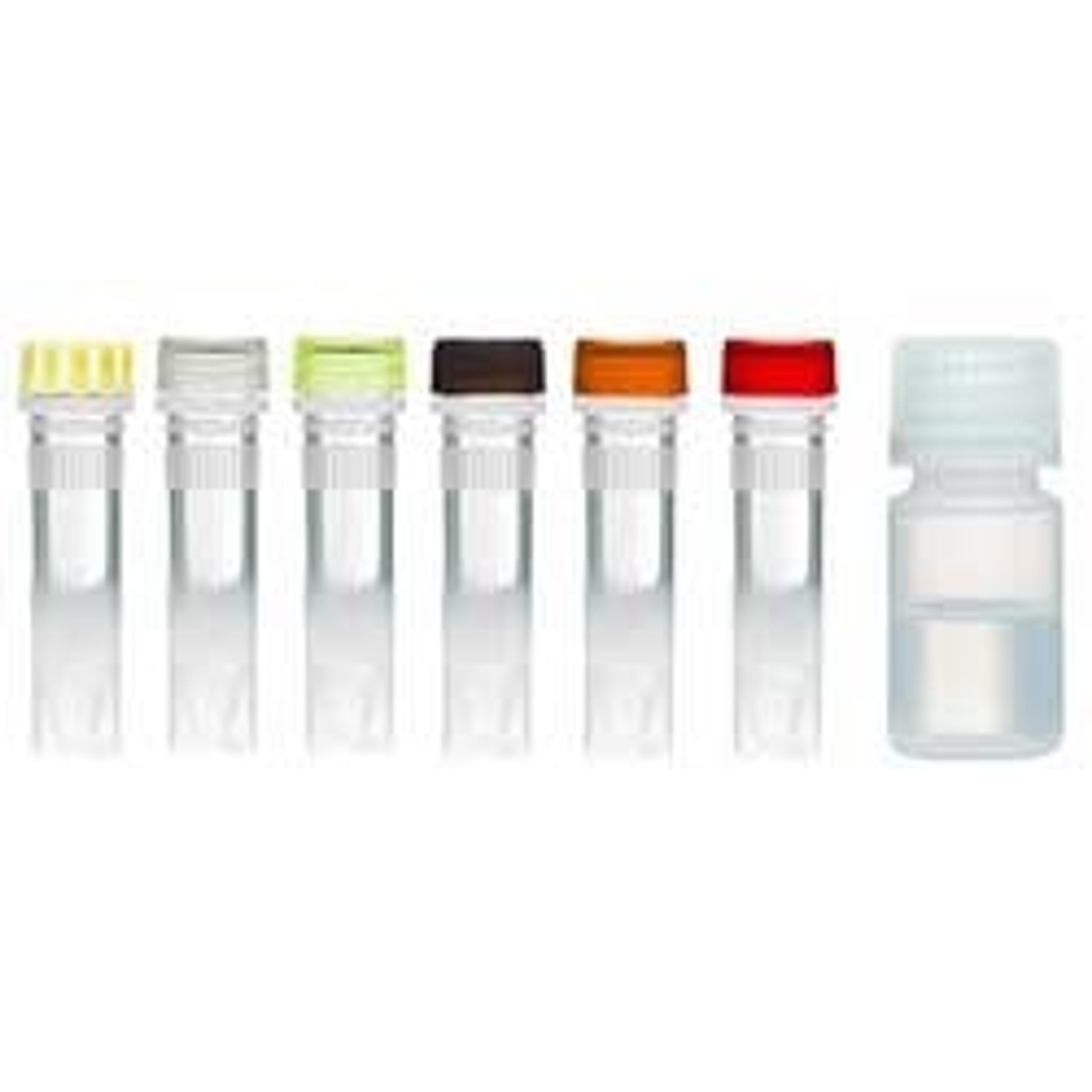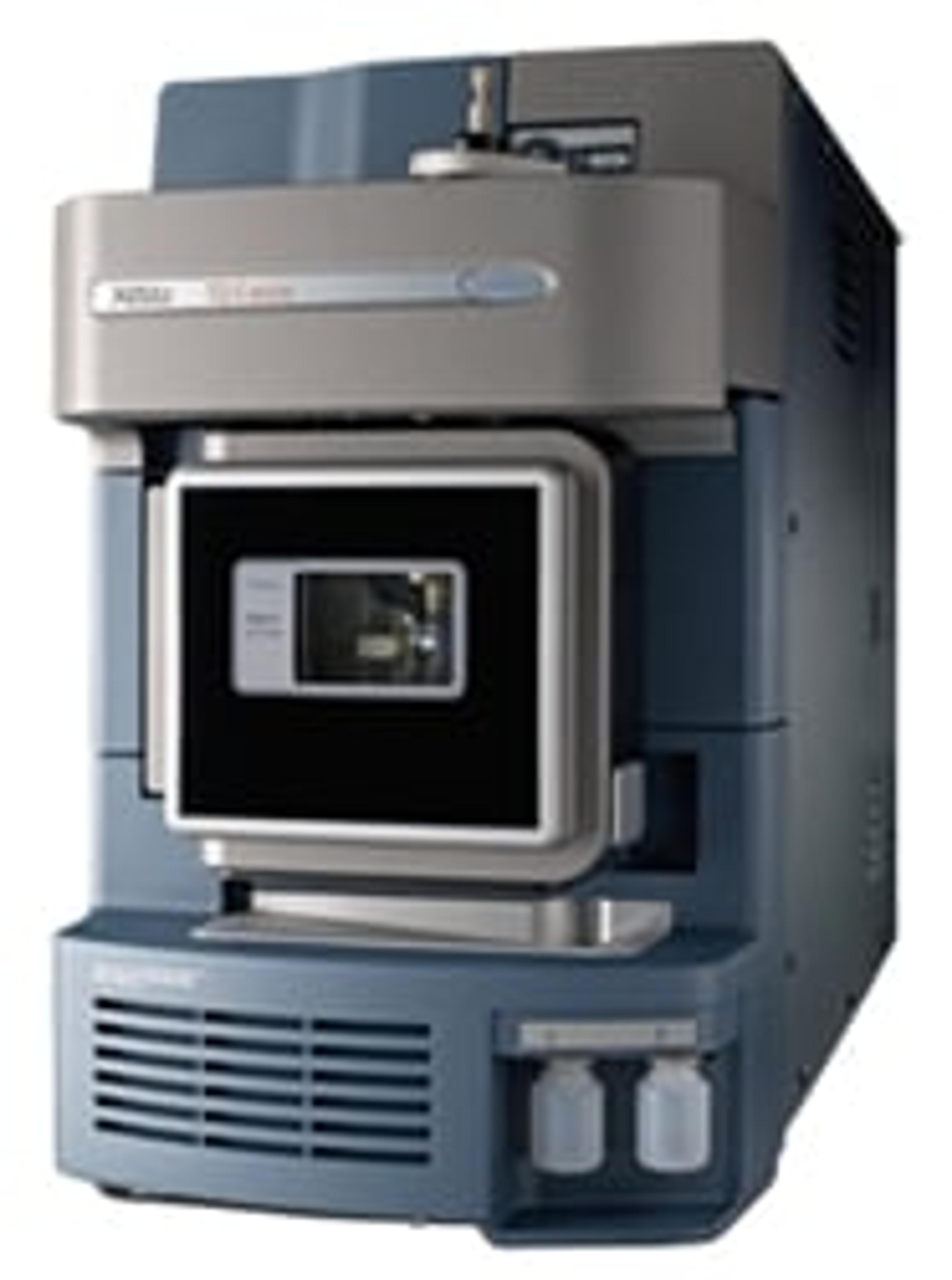How Scientists Keep Our Food Safe: 5 Essential Lab Products to Detect Food Contaminants
We take a look at some of the most common sources of food contaminants and how to detect them simply, accurately and effectively
17 Dec 2018
Food contamination from harmful microorganisms, chemicals, heavy metals, allergens and foreign objects, can pose a serious risk to consumers health and wellbeing, and can come from a number of sources throughout the food production line, or during exportation and importation processes. It is therefore crucial that food contamination analysis is carried out on food products before they reach shop shelves, to ensure they are safe and fit for consumption.
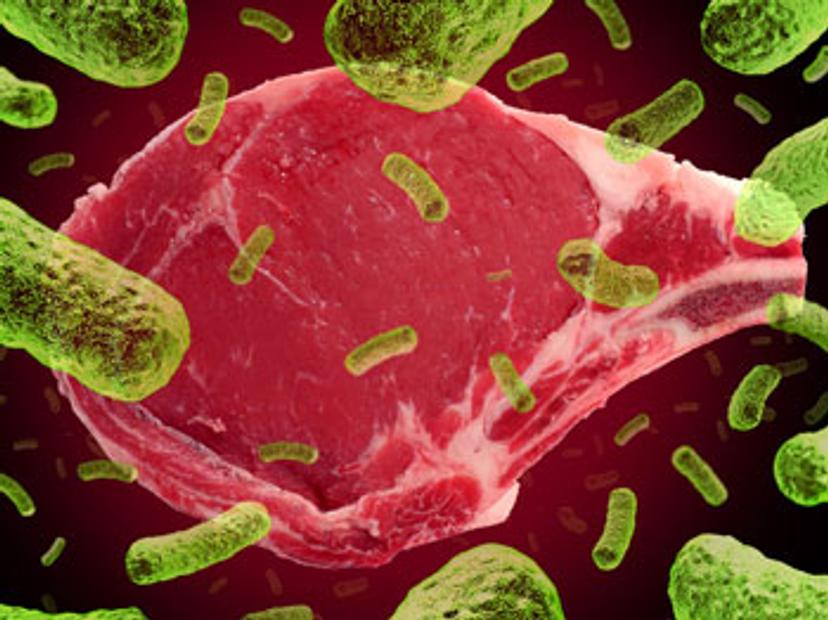
Scientists responsible for monitoring food quality should use the most recent and advanced technologies available to achieve the most accurate and reliable results possible. Here, we have compiled a list of five pieces of technology that food scientists have rated highly in reviews this year. From gas chromatography to ICP, these pieces of equipment have made a difference to scientists in a range of applications in the food industry.
Contamination of food from pesticides
Pesticides play a significant role in food production, to protect crops from pests and increase yields, playing a particularly important part in countries that face food shortages. However, pesticide contamination is also a significant issue, as many pesticides are potentially toxic to humans and can have acute and chronic health effects. Monitoring of residues in food substances is therefore extremely important to ensure no products are sold that contain dangerous levels of pesticides. Testing for even the smallest amounts of contaminants requires innovative lab equipment to ensure products meet the strict regulatory requirements.
Two pieces of equipment that seem up to the challenge are the Rxi®-624Sil MS (Fused Silica) GC columns by Restek Corp, which possess exceptional inertness, ultra-low bleed, and reproducible retention and selectivity, and the Xevo TQ-S micro by Waters, which enables reproducible detection of analytes at low levels in complex matrices, allowing confident quantification of more analytes using high acquisition rates.
Great instrument, fantastic service/applications support
Nicole Burke Kellogg's
Download application note on food testing using Waters products >>
Testing for toxic metals in water sources
Toxic heavy metals such as arsenic, cadmium, lead and mercury may occur as residues in food due to contamination of soil for growing crops, or by leeching into drinking water systems. If ingested by humans, these metals can accumulate in the body and lead to serious health problems. PerkinElmer’s Optima 7300 DV ICP-OES Spectrometers offer a potential solution for elemental analysis, engineered around a classic vertical torch design that eliminates carbon build-up and minimizes maintenance requirements.
Download application note on the analysis of trace metals using the Optima 7300 DV ICP-OES>>
Illness from spread of bacteria in food
Harmful bacteria or pathogens are common food contaminants that can cause food poisoning or illness if ingested, and food spoilage. In a recent scare, more than 5.1 million pounds of beef have been recalled for fear of being tainted with salmonella, a sometimes-fatal bacterial disease. To avoid these outbreaks of harmful bacteria and maintain food safety, food scientists test for bacterial contamination and control the spread of harmful bacteria. The Cellometer X2 Image Cytometer by Nexcelom Bioscience offers a quick and simple solution for identifying bacterial cells, with the ability to capture and analyze images in less than 30 seconds to provide count, concentration and viability measurements.
The Cellometer X2 has been a great purchase for us. It has allowed us to expand the amount of cell counts we do on a daily basis and it takes us less time to do them, than it would counting by hand with a microscope.
Robin Mead Oskar Blues Brewery
Cross-contamination of allergens
Another food contaminant that poses a serious health risk to consumers is contamination from allergens, such as nuts. The most common way for this to occur is through cross-contamination, when a small amount of a food allergen accidentally transfers to another food source. Even the smallest traces of allergens can trigger allergic reactions, so it is important that food is tested with highly sensitive equipment. TwistDX’s TwistAmp® Liquid Basic provides quick and accurate detection of allergens, offering rapid DNA amplification, flexible reaction volume use, flexible reagent component ratio use and single molecule detection.
Intentional food adulteration and food fraud
Contamination of food can be avoided if all products are tested properly. However, contamination may not always occur by accident. Dr. Amy Kircher, Director of the Food Protection and Defense Institute, explains how there are instances where food is intentionally adulterated, either due to people intentionally wanting to inflict harm or sabotage, or through economical motivation such as dilution of food products.
